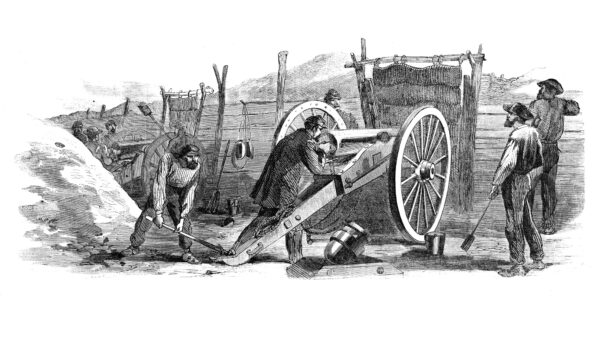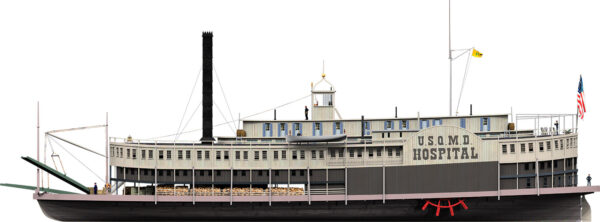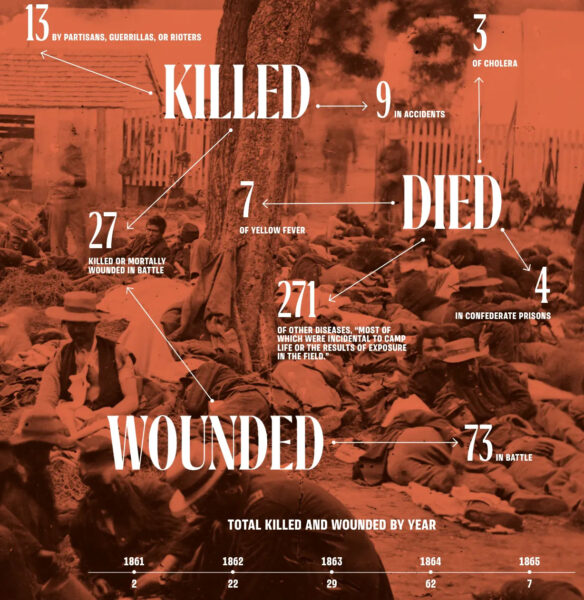In his History of the United States Cavalry (1865), Albert G. Brackett, former colonel of the 9th Illinois Cavalry, reflected on the importance of the mounted arm in the Civil War. Given the “many different kinds of work” cavalrymen were called on to perform, Brackett noted it was vital they “ought to have good carbines” with which to do their fighting. And while there were several varieties to choose from, “each commander having some pet arm which he thinks superior to any other,” Brackett wrote that one was the clear favorite among the ranks: the Sharps carbine.
Shorter, lighter, and more expensive than a standard rifle-musket, carbines like the single-shot Sharps (which used a patented sliding breech block design and fired a glazed linen combustible cartridge by either disc primer or percussion cap) made up for their comparative lack of firing range with their portability and ease and speed of reloading. Because it could be mass produced (at the Sharps Rifle Manufacturing Company in Hartford, Connecticut) by 1861, the Sharps steadily made its way into the ranks of the Union’s mounted arm; by war’s end, nearly 100 Union cavalry regiments were equipped in whole or in part with the weapon, while thousands of Richmond, Virginia-produced Sharps copies were used by Confederate horsemen. And though other, more technologically advanced breech-loading carbines, like the metallic-cartridge, seven-shot Spencer, emerged during the conflict, the Sharps remained the most reliable and widely used carbine. Highlighted here are statistics about the Sharps carbine, in particular its New Model 1863 version.
Sharps Carbine By the Numbers
Caliber of the Sharps New Model 1863 carbine: .52
Length of the Sharps New Model 1863 carbine: 39 1/8″
Number of shots a trained soldier was able to fire in one minute with a Sharps carbine: 8–10
Effective firing range: 500 yards
Price, per thousand, of Sharps carbine cartridges in 1863: $20
Number of Sharps carbine cartridges the U.S. government had “on hand” in August 1864: 7.8 million
Number of Sharps carbines purchased for military use by the U.S. government between January 1, 1861, and June 30, 1866: 80,512
Approximate total price paid by the U.S. government for these Sharps carbines: $2.2 million
Sources
Joseph G. Bilby, Civil War Firearms (1996); Albert G. Brackett, History of the United States Cavalry (1865); John F. Graf, Standard Catalog of Civil War Firearms (2008); Instructions for Making Quarterly Returns of Ordnance and Ordnance Stores (1863); Winston O. Smith, The Sharps Rifle: Its History, Development and Operation (1943); United States War Department, The War of the Rebellion: A Compilation of the Official Records 129 vols. (1880–1901), Series III, Vol. 4.




